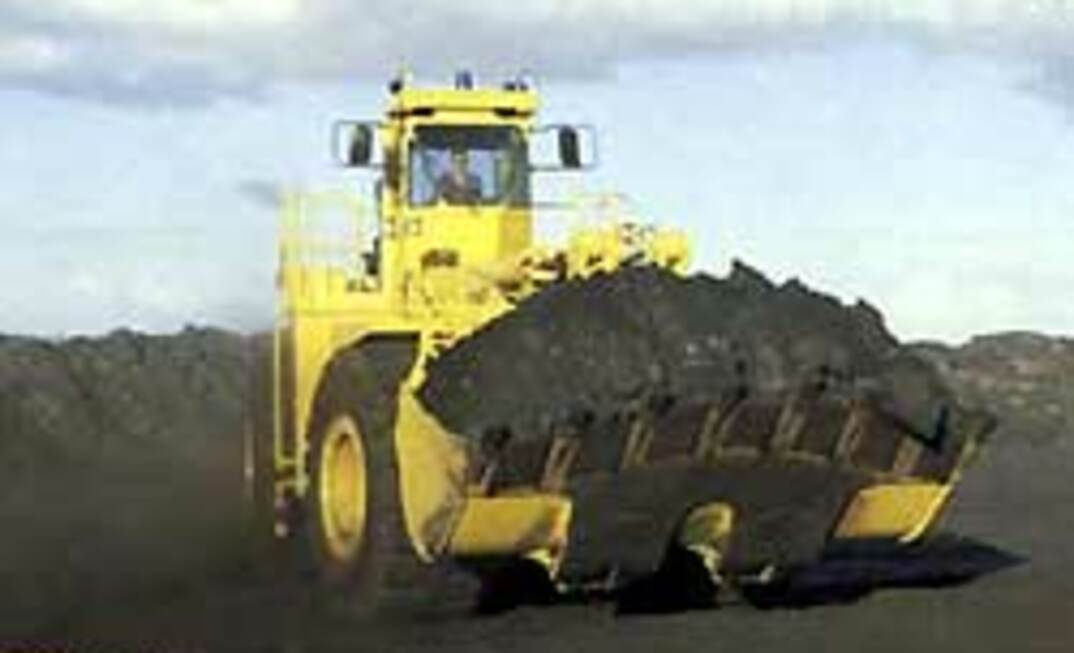Published in the March 2008 Coal USA Magazine
One major issue facing operations, Waller said, is a crossroads decision on whether or not to use a conveyor company with the expertise and experience needed for the most efficient conveyor design. Some companies choose to collaborate with firms possessing a high level of engineering expertise, such as Continental.
However, conveyors aren't getting any smaller, and a mine's decision to work with a technically-strong engineering staff is becoming increasingly important.
In the case of underground mines, conveyors are typically the only viable option for taking coal out of the mine and conveyor availability and reliability is paramount. If the main conveyor system is down, even only briefly, it disrupts mine production and will eventually impact on profitability.
"In this competitive environment, operations can’t afford unscheduled downtime," he said. "Conveyor system design, right or wrong, is crucial to the mine’s profitability."
The benefits of conveyors as a whole are still foreign to many operations. As an example, Waller cited a scenario becoming more prevalent in openpit mining where conveyor technology and systems are underutilized.
There is potential in many applications for operators to benefit from the features of properly designed conveyor systems. Examples would be the use of a shiftable in-pit conveyor and-or a high angle conveyor like the mobile sandwich belt Continental HAC that can be used to bring material out of the pit by transversing the steep benches or highwall to the surface grade.
Many operations already use conveyors and are finding they offer a more financially sound and cost-effective option over other methods, such as truck haulage. Conveyors are more user-friendly now than ever before since site prep work needed for conveyors is less of an issue.
Conveyors with horizontal and vertical curves are used in many operations to negotiate the terrain.
Waller also said that the lengthening of conveyor infrastructure is an issue facing many operations, both underground and above ground. Technology has allowed many mines to use extended conveyor systems.
Continental pioneered booster drive technology is an option for many applications because booster drives add power modules to the conveyor and can be utilized to reduce belt tensions when they are strategically placed at critical points along the conveyor system.
With today’s technologies, conveyors are capable of using multiple drive locations to supply the horsepower required to operate the larger and longer systems.
This creates the need for load sharing among drives to reduce system tensions and the fluctuations in belt dynamics that occur when conveying conditions change while material is being loaded and unloaded.
A properly designed conveyor will allow a repeatable, linear time ramp during start-up and can balance load distribution during operation (regardless of belt loading condition). Too much tension can damage the system components.
A conveyor system that is controllable during normal operation starts and stops (regardless of load) offers the most protection for a conveyor system – the ultimate goal when designing a complicated system.
Many drive options and control methods are available, Waller said. Options such as controlled clutch slip systems, controlled fill fluid couplings, low- and medium-voltage AC VFD controls and DC drive controls, among others, are all available.
To help mines manage their ever-changing needs, Continental has looked closely at individual conveyors and entire systems for a new mine plan.
With regards to individual conveyors, Continental can work closely with a mine to design and supply a conveyor that meets a customer’s individual production requirements.
"Our skilled sales force and engineering staff has the ability to sit down with a customer and model different options to help determine the best arrangement for each application," he said.
"We determine the operation's strengths and weaknesses when it comes to everyday maintenance and make many equipment decisions based on that experience level."
Continental consistently works on research and development to find the best conveyor solutions for our customers’ needs, Waller noted, especially as the capacity requirements of systems continue to grow.
"As a result of larger systems and tonnage requirements, [we] have designed idlers with CEMA-F load ratings. Our system designs now are more crucial and include larger constant tension winches on our belt storage units and take-ups to control belt tension for larger and longer conveyors.
"These systems are larger and more precise than ever before," he added, noting the systems in these applications require more technical engineering expertise when it comes to the initial conveyor design.
The company has also applied its engineering expertise to design a new HX Series deep-groove ball bearing idler for applications where ball bearing idlers are preferred.
"When selecting a conveyor equipment supplier, operations should consider the expertise level and experience of all available options before making a final decision," Waller said.
"In the long run, many companies have found that it is better to involve a supplier with a high degree of engineering capability from the beginning that can help design the system and will stand behind their design and equipment.
"An underperforming conveyor system can limit the potential of any mining operation."

























